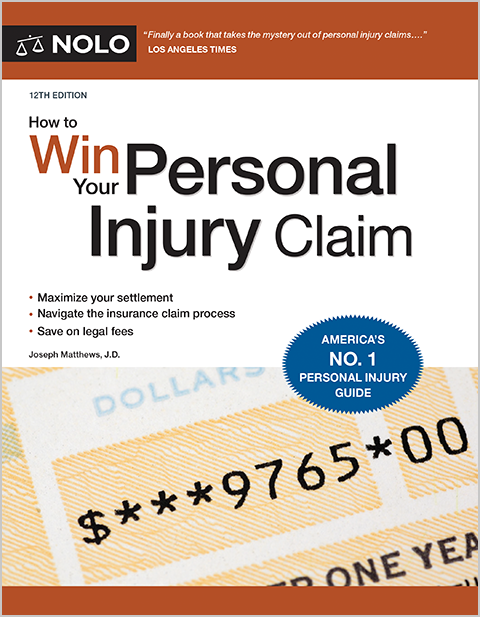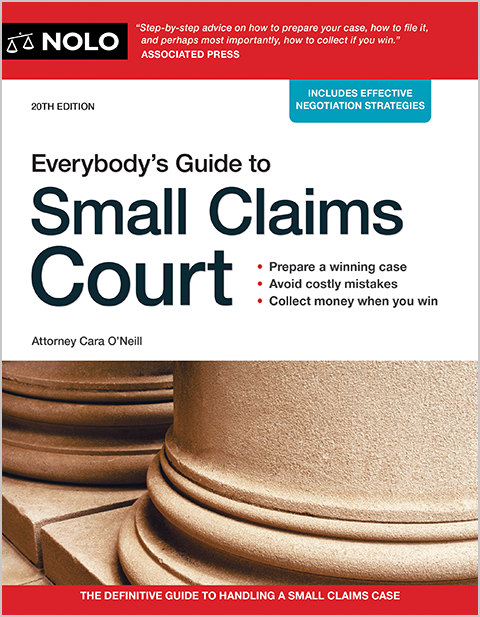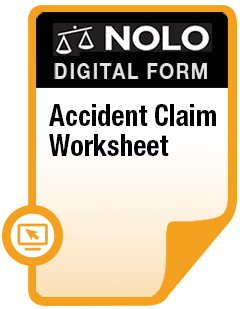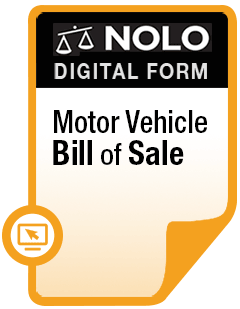Inside Hawaii’s no-fault car insurance system, including when it's possible to make a claim against the other driver.
In order to register your vehicle in Hawaii, you'll need the following types and amounts of car insurance coverage:
- personal injury protection/"no-fault" coverage of $10,000
- injury liability coverage of $20,000 per person and $40,000 per accident, and
- property damage liability coverage of $10,000 per accident.
- Hawaii Is a No-Fault Car Insurance State
- When Can I Make a Claim Against the At-Fault Driver in Hawaii?
- What Does Liability Car Insurance Cover in Hawaii?
- Do I Need Uninsured Motorist Coverage in Hawaii?
- Showing Proof of Car Insurance in Hawaii
- Penalties for Uninsured Drivers in Hawaii
- What's Next After a Car Accident in Hawaii?
Hawaii Is a No-Fault Car Insurance State
Hawaii has adopted a "no-fault" auto insurance system. When you're injured in a Hawaii auto accident, you first bring a claim under your own personal injury protection (PIP) insurance. You can't go after the at-fault driver for compensation unless your injuries meet one of Hawaii's injury severity thresholds.
As we mentioned at the top of this article, Hawaii law requires at least $10,000 per person in basic PIP coverage for a registered vehicle. For additional premiums, you can buy optional PIP insurance that pays benefits not covered by basic PIP. Because basic PIP benefits are limited, you might find that these optional PIP coverages are worth the cost.
What Does No-Fault/PIP Cover in Hawaii?
Basic PIP covers the medical expenses of people who've been hurt in an accident.
Hawaii's basic PIP doesn't cover lost wages, amounts paid for replacement services like household or lawn care, death benefits, or funeral expenses. If you're willing to pay the extra premiums, you can add these as optional PIP benefits.
PIP won't cover what the law calls "general damages" for injuries like pain and suffering, emotional distress, disfigurement, and more. The only way to get compensation for those injuries is to file an insurance claim or a lawsuit against the driver who caused the wreck. And the only way you can do that is if your injuries meet one of Hawaii's severity thresholds, as discussed below.
Finally, PIP doesn't take care of property damages, like the cost to repair or replace your damaged car. You have a couple of options here:
- bring a claim against the at-fault driver's auto insurance, or
- if you have collision coverage, you can make a claim under your own policy (you'll have to pay your collision deductible, but this option might be faster than waiting to get paid by the responsible driver's insurer).
Who Is Covered Under No-Fault/PIP in Hawaii?
Your PIP insurance will pay benefits, regardless of who was at fault for the wreck, to anyone who was:
- driving the car with your permission
- a passenger in the car, or
- injured as a pedestrian, or while riding a bicycle, electric scooter, or moped.
Note that in Hawaii, PIP doesn't pay benefits to a person who's injured while driving or riding on a motorcycle or a motor scooter—unless that coverage is expressly provided by the policy.
(Haw. Rev. Stat. § 431:10C-304(1))
How to Make a No-Fault/PIP Claim in Hawaii
After an auto accident, you should notify your insurance company as quickly as possible. Many insurers have an online claims page or a mobile app you can use. It's a good idea to follow up with a written claim notice letter. Be sure to let your insurance company know that you're making a claim for PIP benefits. You might have to fill out a PIP application or claim form.
Typically, your health care provider will bill your PIP carrier directly, and will provide the necessary medical documentation with the bill. Once a claim for benefits is submitted, the insurance company has 30 days to:
- pay it (less any deductible, which is your responsibility)
- deny it (with written notice of the reasons why), or
- request additional documentation for the claim.
(See Haw. Rev. Stat. § 431:10C-304(13))
When Can I Make a Claim Against the At-Fault Driver in Hawaii?
Like all states with no-fault insurance systems, Hawaii limits your ability to collect compensation (what the law calls "damages") from the driver who caused the wreck. (See Haw. Rev. Stat. § 431:10C-306(a)) Specifically, no personal injury insurance claim or lawsuit can be brought against an at-fault driver unless the injuries result in:
- PIP payments of $5,000 or more
- significant and permanent loss of the use of a body part or body function
- serious, permanent disfigurement causing mental or emotional suffering, or
- death.
(See Haw. Rev. Stat. § 431:10C-306(b))
If your injuries meet any of these thresholds, you can pursue the responsible driver to recover all your damages—including the general and other damages not covered by PIP.
If you need to file a lawsuit in court, the deadline (called a "statute of limitations") is usually two years from the later of:
- the date of the accident, or
- the last date you were paid benefits for your injuries.
(Haw. Rev. Stat. § 431:10C-315(b))
What Does Liability Car Insurance Cover in Hawaii?
As we mentioned in the intro to this article, besides PIP coverage you'll also liability car insurance on any vehicle you register in Hawaii. This kind of insurance covers injuries and property damage suffered by others in an accident you (or anyone covered under your insurance) cause.
If you're responsible for a moderate or serious accident that results in significant injuries or property damage, the minimum required liability coverage can be used up pretty quickly. Keep in mind that when a person you injure satisfies one of Hawaii's serious injury thresholds—something that's not hard to do—they can come after you to recover damages for their injuries. Talk to your insurance agent about the kinds and amounts of liability insurance that are right for you.
Your Liability Insurance Won't Pay for Your Own Damages
Liability insurance is meant to pay for injuries and property damages you cause to others. It won't pay you for your own injuries or to repair your damaged car.
Basic and optional PIP coverages, discussed above, can take care of (at least some of) your medical bills, lost wages, and more. If you have collision coverage, also mentioned above, you can use it to repair or replace your damaged auto. As a general rule, though, the only way to recover damages for your pain and suffering, emotional distress, and similar injuries is to file an insurance claim or a lawsuit against the at-fault driver.
Do I Need Uninsured Motorist Coverage in Hawaii?
Uninsured and underinsured motorist coverages are not required in Hawaii, although when you buy a car insurance policy the company must advise you of these optional coverages, and if you don't want them you'll need to decline them in writing. If you do choose uninsured and underinsured motorist coverage to your policy, the minimum for both kinds of coverage is $20,000.
Showing Proof of Car Insurance in Hawaii
You must provide proof that you have the required auto insurance to a police officer, on demand. This proof, in the form of an insurance certificate issued by your insurance company, can be written or electronic. (Haw. Rev. Stat. § 431:10C-107)
Penalties for Uninsured Drivers in Hawaii
A person who owns or drives a motor vehicle without Hawaii's required insurance coverage is subject to these penalties:
- a fine of $500 and a three-month license suspension for the first violation, and
- a fine of not less than $1,500 and a one-year license suspension for each subsequent violation within a five-year period.
Multiple driving-without-insurance violations within a five-year period can lead to these penalties:
- imprisonment for up to 30 days
- suspension or revocation of the vehicle's registration, and
- impoundment of the vehicle, and sale to cover the costs of seizure and storage.
What's Next After a Car Accident in Hawaii?
Learn more about the Hawaii car accident laws that could come into play after a crash. And if you're involved in a car accident in Hawaii, you might need more than just information. To discuss your options and protect your rights, talk to a car accident lawyer.
- Hawaii Is a No-Fault Car Insurance State
- When Can I Make a Claim Against the At-Fault Driver in Hawaii?
- What Does Liability Car Insurance Cover in Hawaii?
- Do I Need Uninsured Motorist Coverage in Hawaii?
- Showing Proof of Car Insurance in Hawaii
- Penalties for Uninsured Drivers in Hawaii
- What's Next After a Car Accident in Hawaii?



